Dio is a small company focused on delivering a single product for the Apple ecosystem: a low-cost AirPlay speaker system known as Dio Node. Initially launched as a crowdfunded Indiegogo campaign back in 2022, the Dio Node began shipping to backers later that year before later opening up to all customers.

The Dio Node is intended to be a low-cost option for users looking to develop a network of AirPlay speakers scattered throughout their homes, with a single speaker priced at $89.95 and 3-pack and 5-pack options bringing the per-speaker cost down to just under $80. That's just a bit cheaper than a HomePod mini, and I've spent some time with a 3-pack of the Dio Node to understand how the two small speakers compare and what the value proposition of the Dio Node is for users deep in the Apple ecosystem.
From a design perspective, the Dio Node is a pretty simple unidirectional speaker made of dark gray plastic with a light gray or silver speaker grille covering the entire front of the device. It measures around 4 inches (102 mm) square by 1.5 inches (38 mm) deep with a slight taper from front to back, and it weighs just under half a pound (222 grams). The rear of the Node has some very large Dio branding in white, but fortunately this shouldn't be visible in most setups. A soft pad on the bottom edge of the Node helps protect surfaces from potential scratches.

The top of the Node features three subtle rectangular buttons, with the left and right buttons serving to decrease and increase the volume respectively, while the middle one serves as a play/pause button for audio being AirPlayed to the speaker. Holding down multiple buttons in various combinations performs functions such as updating the speaker's firmware, resetting the Wi-Fi connection of the speaker, and conducting a full factory reset.
The speaker is powered through a small 5V2A power adapter with a barrel connector that plugs into the back of the speaker. The integrated cord on the adapter measures about 1.5 meters (59 inches) long, so it does give you some flexibility in terms of placement with respect to an electrical outlet.

Setup is dead simple, with the Node entering a pairing mode as soon as you plug it in for the first time. Once the small LED on the rear of the Node is flashing red, head to the Wi-Fi section of the Settings app on your iOS device, where the Node will appear in a "Set Up New AirPlay Speaker" section.
Tap the Node, select the Wi-Fi network you want to add it to, and give it a useful name to help you identify it in your list of AirPlay destinations. All-in-all, it takes about a minute to get the Node up and running on your network and you can use it just like any other AirPlay destination including accessing it from Control Center or from within compatible apps, using it in combination with additional Dio Nodes or other AirPlay speakers for multi-room audio, and more.

If you want to take your integration a bit further, you can also add your Dio Node to your Apple Home setup. That's also a simple process, requiring you to simply tap the "+" button in the Home app and select "Add an Accessory," choose the "more options" text to see the Node pop up as an available device on your network, tap it, and select which room in your home you want to add it to. The Home app will suggest an automation to automatically pause audio playing to the speaker when you leave your home, but the automation is turned off by default and you can quickly skip past that step to finalize setup.

Once the speaker is set up in the Home app, you can use it as a speaker for the Intercom feature in Apple Home, include the speaker in various other automations and shortcuts, and use Siri to control playback on the Node via the device you're playing from. You can also set up speaker group presets that include the Node.
There's no limit to the number of Dio Nodes that you can link together, which means you can easily scatter them all over your house for a whole-home audio experience, and once they're set up anyone on your network can stream audio to them. The Node offers mono sound rated to 85 dB, so it can get fairly loud for most room sizes, and I would describe its sound quality as adequate but not outstanding.

Compared to the HomePod mini, the Dio Node doesn't have as much bass punchiness, and overall I do prefer the HomePod mini sound. Stepping up to a full-size HomePod obviously offers even better sound, but that's a separate class of speaker.
Dio says the equalization of the Node is tuned to accentuate voices, making it ideal for playing podcasts or audiobooks throughout your home as you move from room to room. It can also certainly handle a decent range of music, but it does lack some of the fullness of sound you get with a few other speaker options. The AirPlay protocol running over Wi-Fi delivers improved sound quality including support for Lossless compared to wireless speakers running over Bluetooth, but you won't be able to capture that full quality here due to the small size of the speaker.

The buttons on the Node are simple but work relatively well, with the play/pause commands taking effect almost immediately across all speakers when the middle button on any of the Nodes is pressed. The buttons are on the clicky side, which makes it obvious when they've triggered but potentially a bit disruptive if being used in a quiet environment. Adjusting volume from iOS or within an app on your source device does incur a bit of lag before it changes on the speaker, more so than I see with a HomePod mini in the same setup.
With its singular focus on AirPlay to keep things simple, the Dio Node lacks several features seen on the HomePod mini and a number of other lower-cost speakers, with the most obvious being a microphone. With no microphone on board the Dio Node, it's not able to directly support Siri requests, for example, and it can't support phone calls and other types of two-way communication.
Apps that classify their sound output as audio calls won't be able to send their audio to the Node at all, but you shouldn't have any trouble with playback-focused audio sources. Dio unsurprisingly markets the lack of a microphone as a privacy feature, given concerns about voice-enabled devices potentially being able to listen in on conversations.
While you can pair the Dio Node to an Apple TV, it's not intended to be used as a stereo or home theater system as it can't pair directly to a TV and doesn't support stereo pairing. There is limited support on Mac and iTunes for Windows, though you can expand its Mac capabilities by using something like Rogue Amoeba's Airfoil app. But even without that, I had no problem sending audio from the Music app on a Mac to multiple Dio Nodes, and I experienced no issues with audio sync.
Range appeared to be solid in my testing, with no audio dropouts on any of the Nodes regardless of where in my 1,800-square-foot house my source devices were in relation to the speakers.

Overall, the Dio Node is a reasonable option if you're looking to set up multi-room AirPlay audio across your home and aren't looking to spend a ton of money. It's hard to recommend a single Dio Node over the HomePod mini for a cost savings of only around $10 given the HomePod mini's better overall sound, larger feature set, and tighter ecosystem integration with things like audio handoff. But if you're looking deploy to something like five or even ten or more of these all around your house, the savings becomes more substantial, and if AirPlay to a set of Dio Nodes is sufficient for your needs, then it's a product worth considering.
Dio offers free shipping anywhere in the U.S. and offers 60-day free returns, so you have ample opportunity to give them a try to see if they'll work for your situation. The Node has also been certified for use in Canada and Europe, and Dio is hoping to expand distribution to those regions in the near future.
The Dio Node can be ordered from the Dio website or via Amazon (which still ships from direct from Dio), with a 1-pack priced at $89.95, a 3-pack priced at $239.00 ($79.66 per unit), or a 5-pack priced at $395.00 ($79.00 per unit).
Note: Dio provided MacRumors with a 3-pack of Dio Nodes for the purposes of this review. No other compensation was received. MacRumors is an affiliate partner with Amazon. When you click a link and make a purchase, we may receive a small payment, which helps us keep the site running.





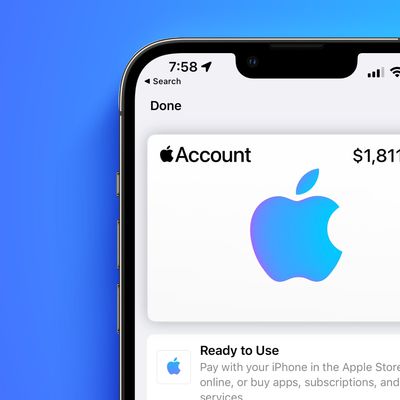
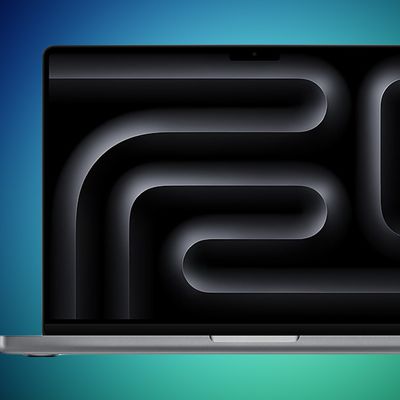









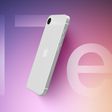
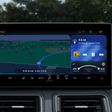

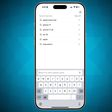
Top Rated Comments
Airplay driver
You've been down too long in the Shenzhen sea
Oh what's becoming of me?
Saved a fiver
Over what a HomePod would cost on sale
Oh why did AirPort Express fail?